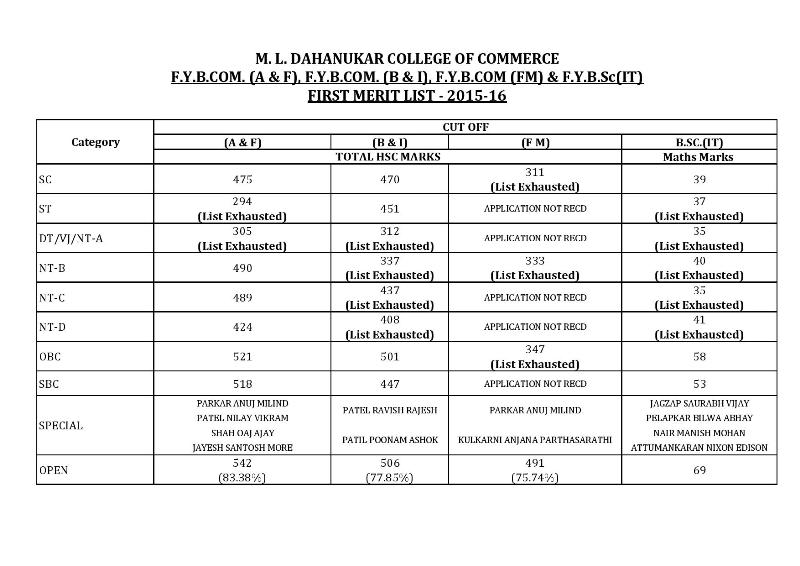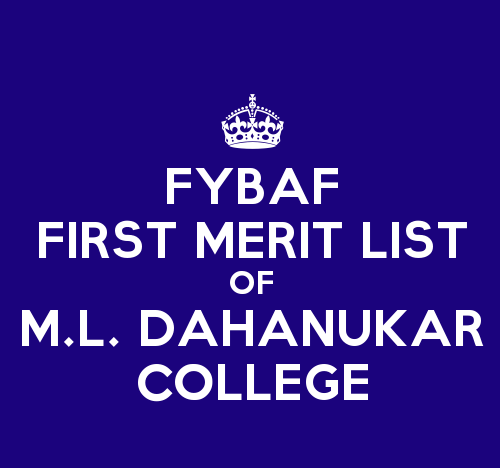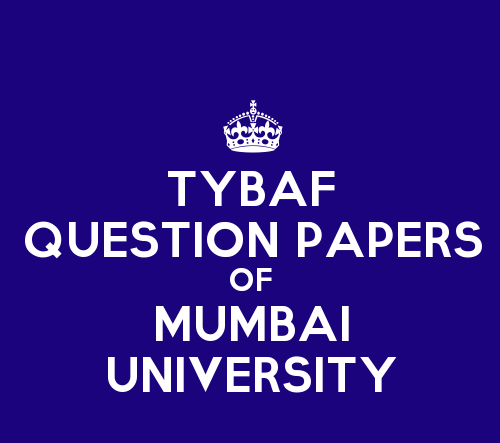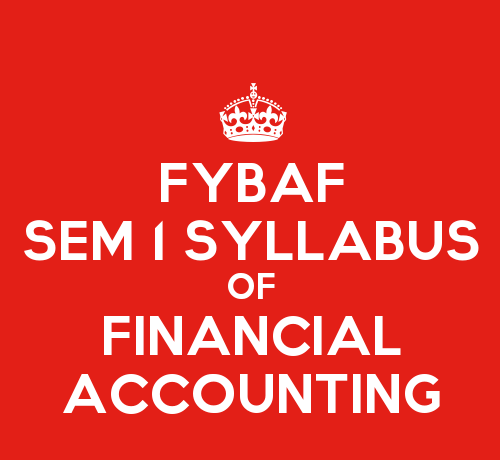The BMS and BAF department of R.D National College Bandra(W) present their inter-collegiate annual festival- Meterdown.
It is a coming together of like-minded students from colleges all over Mumbai, where they compete in high spirits to win the final shield proclaiming one champion.
After completing six successful years, Meterdown is back with its seventh edition.
One of the oldest colleges affiliated to the University of Mumbai, Rishi Dayaram & Seth Hassaram National College of Art and Commerce & Seth Wassiamulla Assomull Science College, popularly known as National College, is an educational institute located on Linking Road, Bandra West.
Our principal, Mrs. Dr. Neha Jagtiani is the backbone of our festival and without her guidance, support and best wishes, Meterdown would just be a dream. Our principal believes in encouraging such fests because it helps in building the overall personality of a student and also helps in better academic learning through well crafted events.
Our Vice-principal, Mrs.Lakshmi Iyer makes sure that no effort goes unnoticed and stands as a role model for all of us.
Our teachers, Mrs. Nikisha Kukreja (BMS Coordinator), Mr. Mukesh Kanodia (BAF Coordinator) Mrs. Krupa Shah and Mr. Vinod Adagle, have been the biggest pillars of strength for us.
![]()
MeterDown Team
With our theme, SEO TO CEO, Meterdown’20 aims to educate the future managers of the country about SEO (Search Engine Optimization)- the most important and efficient marketing tool marketers possess. Our events will reflect how it leads an individual to the path of success.
The theme this year, also gives an insight into the management aspect of SEO.
Meterdown’20 consists of management related events that consists of all three categories like Academics, Sports and Performing Arts. Adotronica, Jam, Drift and Stroll, Stock Expo, Never say never and Colourazi are the Academic events this year.
![]()
Similarly, Beatbox1.0, Roast the toast, Zoom barabar zoom, Md unplugged, funk fusion, Fbb miss femina, Hop’till you drop and the Me’d gala are the eight cultural events.
The sports events are Carrom, Table tennis, Box cricket, Minute to win it, Pump it up, Rink football, Badminton and Quickescape.
The major highlighted events of Meterdown’20 are Jam, the Me’d gala and Fbb Femina Campus Princess that would definitely sweep you off your feet when you
![]()
MeterDown
witness them!
Along with working towards educating about our theme, team Meterdown’20 has contributed towards CSR activities like serving food at the gurudwara on the auspicious day of Guru Nanak Jayanti, spending time with (underprivileged) children on Christmas, beach cleaning and many more.
So, get ready to witness a breathtaking festival that offers exciting opportunities to showcase your talent and have a time of your life.






















